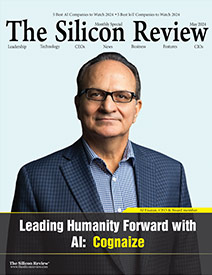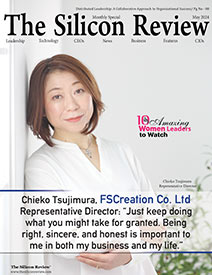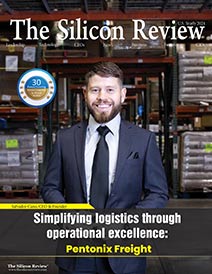>>
Other>>
Expert>>
John B. Goodenough: A Leader i...John B. Goodenough: A Leader in Battery Technology and Sustainable Energy Solutions
The Silicon Review
06 May, 2024
Even though he's no longer with us, John's innovative drive and dedication to science will keep motivating researchers and engineers for years to come.
John B. Goodenough, born on July 25, 1922, is a distinguished American materials scientist and solid-state physicist whose groundbreaking work has significantly advanced the field of battery technology. As a Nobel laureate and a pioneer in the development of lithium-ion batteries, Goodenough's contributions have revolutionized portable electronics, renewable energy storage, and electric vehicles. This overview delves into his life, achievements, and enduring legacy.
Early Life and Education
John B. Goodenough was born in Jena, Germany, and raised in Connecticut, United States. He obtained his bachelor's degree in Mathematics from Yale University in 1943 before serving in World War II as a meteorologist in the U.S. Army Air Forces. After the war, he pursued his interest in physics and earned his Ph.D. in Physics from the University of Chicago in 1952.
Academic Career
Goodenough's academic journey led him to several prestigious institutions, including the Massachusetts Institute of Technology (MIT), the University of Oxford, and the University of Texas at Austin. At MIT, he conducted research on magnetic materials and developed the concept of cooperative spin transitions. Later, at Oxford, he explored the electronic structure of transition metal oxides, laying the foundation for his groundbreaking work in battery technology.
Contributions to Battery Technology
Goodenough's most notable contribution to science came in the realm of energy storage. In the 1970s, while working at Oxford, he made a pivotal discovery regarding the potential of lithium cobalt oxide as a cathode material in rechargeable lithium batteries. This breakthrough paved the way for the development of lithium-ion batteries, which are now ubiquitous in portable electronics and electric vehicles.
Impact and Recognition
Goodenough's work on lithium-ion batteries revolutionized modern technology, enabling the proliferation of smartphones, laptops, and other portable devices. His contributions have also played a crucial role in the transition to clean energy, facilitating the widespread adoption of renewable sources such as solar and wind power. In recognition of his achievements, Goodenough was awarded the Nobel Prize in Chemistry in 2019, making him the oldest ever Nobel laureate at the age of 97.
Continued Research and Legacy
Even in his later years, Goodenough remains active in research, continuing to explore new avenues for improving battery technology and addressing the challenges of energy storage. His legacy extends beyond his scientific contributions, serving as an inspiration to future generations of researchers and engineers. Through his perseverance, curiosity, and ingenuity, John B. Goodenough has left an indelible mark on the field of materials science and the quest for sustainable energy solutions.
Death
John Goodenough passed away on June 25, 2023, a month shy of his 101st birthday. Despite his passing, his remarkable legacy continues to inspire and shape the fields of materials science and energy storage. His groundbreaking contributions to battery technology have left an indelible mark on modern society, impacting everything from portable electronics to renewable energy solutions. While his physical presence may be gone, John Goodenough's innovative spirit and dedication to scientific inquiry will continue to influence generations of researchers and engineers for years to come.









